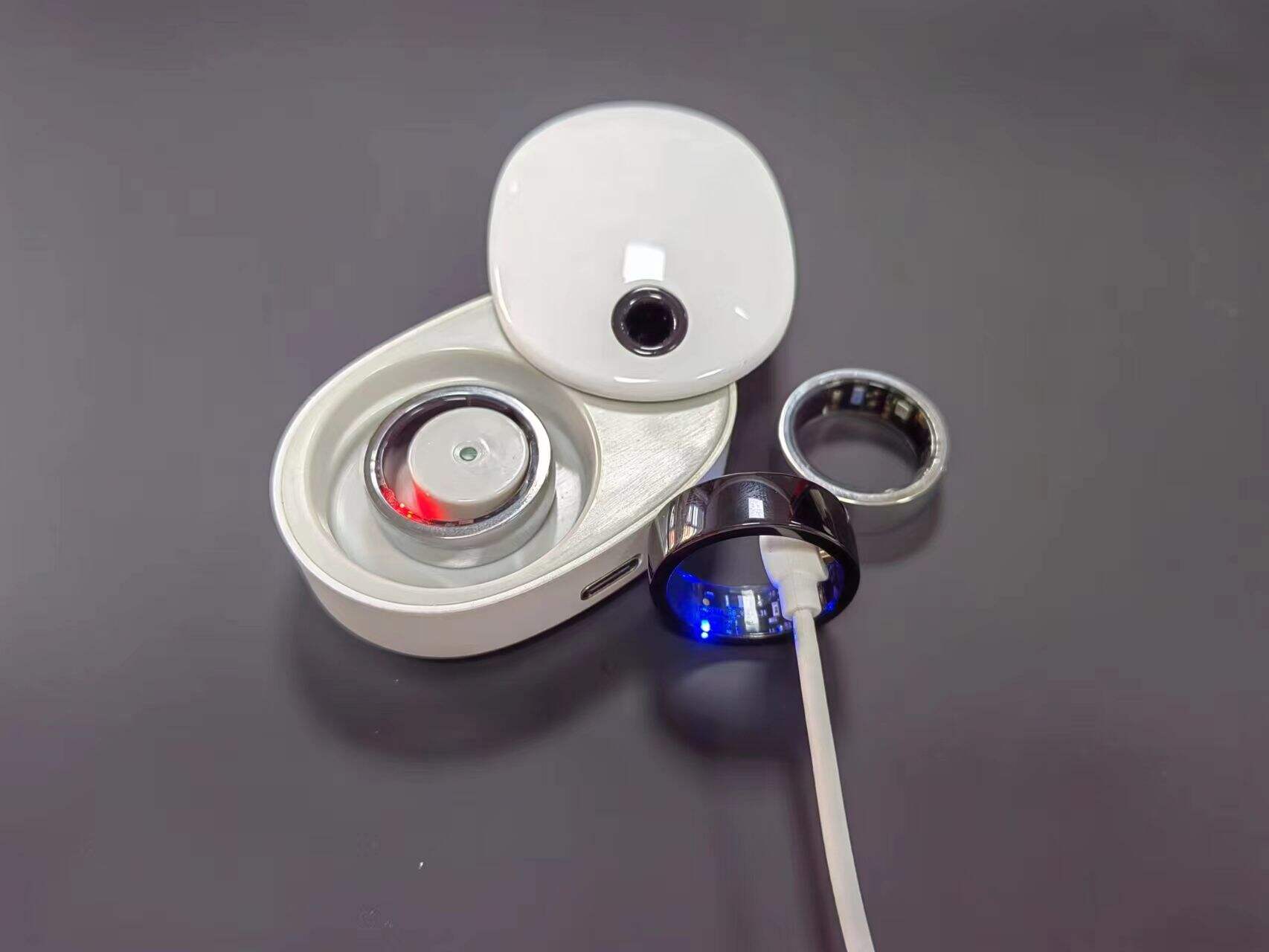Key Factors to Consider When Designing with Pogo Pins
Electrical Performance Requirements for Pogo Pins
Current and Voltage Ratings for High-Current Applications
Current and voltage ratings are crucial in high-current applications for ensuring reliable performance of pogo pin connectors. Accurate ratings help prevent overheating and potential failures, thus maintaining system stability, which is essential for applications that demand consistent and robust power supply. According to IEEE and IPC industry standards, incorporating adequate safety margins into these ratings is mandatory to cushion against unexpected power fluctuations. Typically, high-current pogo pins are engineered with ratings that far exceed those of standard pins. For example, specialized high-current pogo pins might support currents up to 10 amperes compared to the standard 2 amperes, illustrating the critical differences in ratings needed for demanding applications like automotive electronics or industrial machinery.
Contact Resistance and Signal Integrity
Contact resistance is a pivotal factor in maintaining signal integrity in pogo pin connectors, where low resistance is preferable to ensure optimal electrical performance. High contact resistance can lead to signal attenuation and unreliable connectivity, disrupting data transmission. According to key studies and tests, the acceptable range of contact resistance for pogo pins is typically between 20 to 50 milliohms. Lower resistance values contribute to efficient signal transmission and robust electrical connections. Maintaining pogo pin connectors involves regular cleaning and careful handling, as dirt or debris can increase contact resistance, hindering signal effectiveness. Implementing such strategies helps ensure that pogo pin connectors offer consistent performance.
Optimizing Pogo Pin Connectors for Power Efficiency
The design of pogo pin connectors plays a crucial role in optimizing power efficiency and energy transfer. Engineers focus on minimizing energy loss while maximizing conductivity through well-considered structural designs that align with application demands. In high-demand applications, such as renewable energy systems, successful implementations have recorded efficiency gains of up to 20%, showcasing how strategic pogo pin designs can elevate system performance. To enhance efficiency further, engineers might consider improvements like using higher-grade materials that provide better conductivity or integrating advanced spring mechanisms that reduce mechanical wear without compromising the pins' structural integrity. These enhancements ensure that pogo pin connectors remain efficient while offering reliable performance across varied electronic applications.
Mechanical Durability in Pogo Pin Design
Compression Cycles and Spring Force Optimization
Designing pogo pins for optimal compression cycles is essential for extending their service life. Compression cycles determine how frequently a pogo pin can be used before the spring loses its resilience. Empirical studies have shown that spring force directly correlates with performance longevity; higher force can enhance durability but may impact ease of engagement or increase wear. The trade-off between spring force and engagement ease often requires balancing to achieve durable yet user-friendly connectors. This involves engineering designs that provide adequate force for connection integrity while minimizing user strain in repeated applications, like in testing equipment or electronic devices.
Wear Resistance in Spring-Loaded Contacts
Materials play a critical role in enhancing wear resistance for spring-loaded pogo pins. Typically, titanium and hardened steel are preferred materials due to their superior durability and resistance to wear. Industry standards like the ASTM B117 outline performance benchmarks, ensuring that these materials can withstand intense usage conditions. Wear can significantly impact connector functionality, leading to increased contact resistance and potentially degraded signal quality. Thus, selecting appropriate materials is crucial in pogo pin design to ensure the connectors maintain their integrity and perform effectively over extended periods.
Structural Integrity for Frequent Plugging/Unplugging
Structural integrity is vital for the longevity of pogo pins, especially in contexts involving frequent use. Frequent plugging and unplugging can lead to mechanical wear, necessitating designs that enhance durability, such as reinforced casing or optimized spring mechanisms. Testing methodologies often involve simulated life-cycle assessments where pins undergo thousands of plug/unplug cycles to evaluate wear and fatigue. Poor structural integrity can result in failures, leading to increased maintenance costs and potential device downtime. Therefore, thorough design assessments are fundamental to minimizing these risks and ensuring robust and reliable performance.
Environmental Adaptability of Pogo Pins
High-Temperature Resistance in Magnetic Connectors
High-temperature resistance is a critical factor in the design of pogo pins, particularly for magnetic connectors used in environments with fluctuating temperatures. To ensure durability under extreme conditions, it's essential to incorporate materials that withstand high temperatures without losing structural integrity or performance. For instance, utilizing alloys with high melting points can preserve contact stability by minimizing thermal expansion and contraction. Data indicates that metal alloys like beryllium copper maintain steady contact force even as temperatures soar between 40°C and 125°C. Furthermore, innovative designs and materials like high-temperature alloys can effectively manage thermal challenges, preventing performance degradation and ensuring reliability in sensitive applications.
Moisture Protection and Corrosion Prevention
Effective moisture protection and corrosion prevention are paramount in pogo pin design to ensure longevity and reliable performance. Various methods, such as coatings and sealants, significantly reduce corrosion-related failure rates, with statistical studies showing significant decreases across diverse environments. For instance, sealing techniques using silicone rings or laser processes have proven effective in blocking moisture ingress, thereby reducing internal oxidation. Additionally, incorporating multi-layer coatings—like Au/Ni/Cu—protects against corrosion, with studies indicating a contact resistance stability extending beyond 96 hours in salt spray tests. Innovative designs address moisture-related issues through advanced sealing processes, thereby safeguarding pogo pins against environmental threats.
Dustproofing Strategies for Industrial Applications
As pogo pins are often used in dust-prone industrial settings, effective dustproofing strategies are essential to maintain connector reliability and prevent performance degradation. These strategies include specialized coatings and design alterations that minimize the effects of dust ingress. Relevant studies highlight the impact of dust on connector performance, emphasizing the need for robust dustproofing solutions. Industry standards, such as the IEC 60512, set benchmarks for dustproofing, ensuring that pogo pins maintain optimal functionality even in challenging environments. Adapting these standards helps manufacturers design highly reliable pogo pins capable of providing consistent performance in dusty industrial applications.
Material Selection and Contact Design
Conductive Materials for Enhanced Current Handling
The selection of conductive materials is crucial in achieving optimal current handling capacity in pogo pins. Various materials, including copper, brass, and beryllium copper, are commonly employed due to their excellent conductivity and durability. Comparative studies show that beryllium copper offers higher conductivity and longevity, making it suitable for high-current applications. The choice of material impacts not only the connectors' performance but also their cost and weight, which are critical factors in electronic design. Selecting the appropriate alloy or composite materials is essential to balance these aspects and ensure efficient power transmission, especially in high-performance settings.
Gold Plating vs. Nickel Alloys in Pins Connector Design
In the realm of pins connector design, gold plating and nickel alloys are often debated for their distinctive benefits. Gold plating is revered for its superior conductivity and excellent corrosion resistance, which make it ideal for environments demanding high reliability. Conversely, nickel alloys are more cost-effective and provide satisfactory conductivity and corrosion resistance in less demanding applications. Industry experts suggest using gold plating in high-frequency contacts and nickel alloys for general-purpose connectors. It's essential to consider the application's specific needs, cost constraints, and expected environmental conditions when choosing between these two materials.
Balancing Cost and Performance in Magnetic Connector Systems
Finding the balance between cost and performance in magnetic connector systems requires strategic material selection and design optimization. While gold-plated connectors offer high performance at a higher cost, alternative approaches like using nickel alloys or hybrid designs can provide effective cost management. Companies often adopt innovative material blends and advanced manufacturing techniques to enhance performance without escalating costs. Case studies show successful implementations where cost-effective materials were optimized for high reliability, addressing real-world challenges. By evaluating specific requirements and employing adaptive strategies, manufacturers can achieve a balance that meets user expectations in diverse applications.
Hot News
-
Challenges for Pogo pin manufacturers in the AI era
2023-12-14
-
Teach you how to understand Pogo pin spline structure
2023-12-14
-
What products can Pogo pin be used in?
2023-12-14
-
How to choose Pogo pin connector
2023-12-14

 EN
EN
 AR
AR
 BG
BG
 HR
HR
 CS
CS
 DA
DA
 NL
NL
 FI
FI
 FR
FR
 DE
DE
 EL
EL
 HI
HI
 IT
IT
 JA
JA
 KO
KO
 PL
PL
 PT
PT
 RU
RU
 ES
ES
 SV
SV
 TL
TL
 IW
IW
 ID
ID
 LV
LV
 SR
SR
 UK
UK
 VI
VI
 GL
GL
 HU
HU
 TH
TH
 TR
TR
 AF
AF
 MS
MS
 SW
SW
 GA
GA
 CY
CY
 IS
IS
 BN
BN
 BS
BS
 NE
NE





